Over the course of the last month, I’ve spent a lot of time thinking about Life is Strange. I started playing Double Exposure when preview codes went out at the beginning of October, and this much exposure to the series has me realizing just how singular it is in the current gaming landscape. There’s nothing else like it. Has there ever been?
On some level, there has. Life is Strange emerged in the wake of Telltale’s modern transformation of the adventure game genre. With The Walking Dead, Telltale said goodbye to traditional pointing and clicking in favor of choice-driven cinematic games with an episodic release model, and Life is Strange built on that. So, it isn’t the primary driving force for this particular trend, but Don’t Nod and Deck Nine have made games that feel very different from Telltale’s.
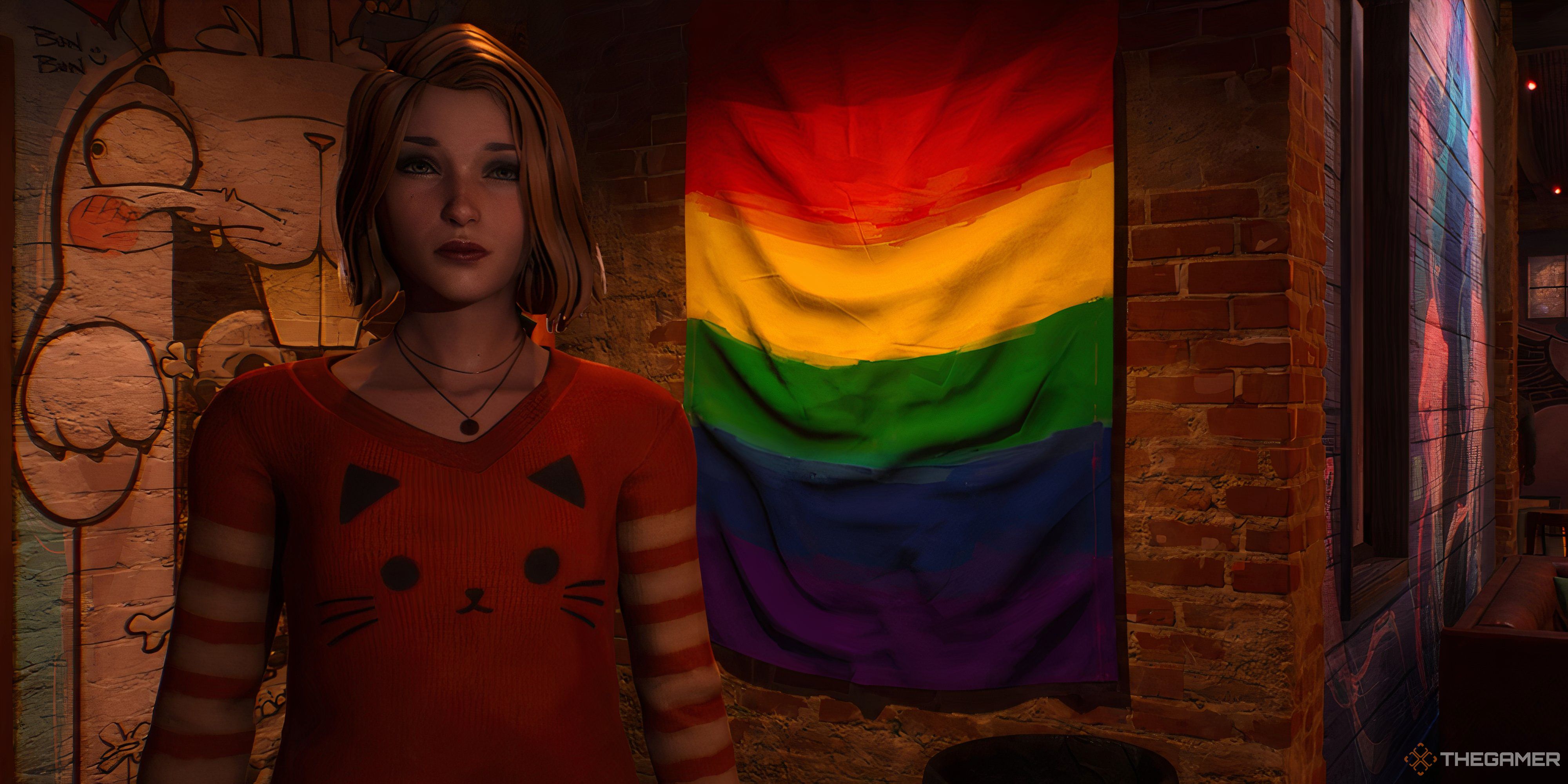
Related
Life Is Strange: Double Exposure Makes Me Nostalgic For University
I’m not sure if I miss university life, but Life is Strange makes me feel like I do.
Telltale’s games all took place in existing universes with fantastical premises. The Walking Dead was set in a zombie-filled post-apocalypse. The Wolf Among Us was set in a noir-inspired urban landscape populated by fairy tale creatures. Game of Thrones took players to Westeros. Guardians of the Galaxy and Tales from the Borderlands and The Expanse are all set in space. I enjoyed a lot of the developer’s games, but its worlds had little resemblance to our own.
I also applaud Don’t Nod for creating something new with Life is Strange, rather than relying on players’ connections to existing IP.
Life is Strange has a far more grounded setting. Though the series’ central characters have supernatural powers, they still occupy a contemporary version of the United States, a world where cell phones and social media and US elections and The Last of Us and Frozen exist and can be referenced, and even inform the narrative in deeper ways. Life is Strange 2 might be the definitive interactive narrative of the Trump-era (the first one, at least), set against a backdrop of immigration, police violence, and racial profiling. The games feel like they’re set in our present time, and that’s incredibly rare.
That extends to the series’ appreciation of the mundane. Double Exposure is set on a college campus and does a great job of capturing the everyday details of campus life. The Fine Arts Building — with its on-campus coffee shop, student art projects, and professors and students working away at tables in close proximity to each other, but not mingling — feels true to life. At my school, the library played this role, bringing all of campus together to rest between classes, grab a latte, print papers, and work on assignments.
The library in Double Exposure, on the other hand, is bizarrely small. I can only assume there’s another on campus. There’s no way the one in the Admin building is big enough to serve all of Caledon. But I would prefer a game that attempts to portray modern life and occasionally stumbles than for there to be no attempts at all.
By incorporating supernatural powers, Don’t Nod and Deck Nine give the series a hook that anyone can understand. But I’m mostly here for the thoughtful representation of American life in a time when most games just aren’t interested in reality.
It’s okay to want to play something else. I love fantasy and sci-fi. But Life is Strange points to a future where video games — like TV and movies and books — have room for grounded dramas alongside the genre fare.
Life is Strange is still a genre story, and Double Exposure leans into the series’ X-Men influence more than any previous entry. Even then, it’s kitchen sink realism compared to every other big-budget game I’ve played this year.
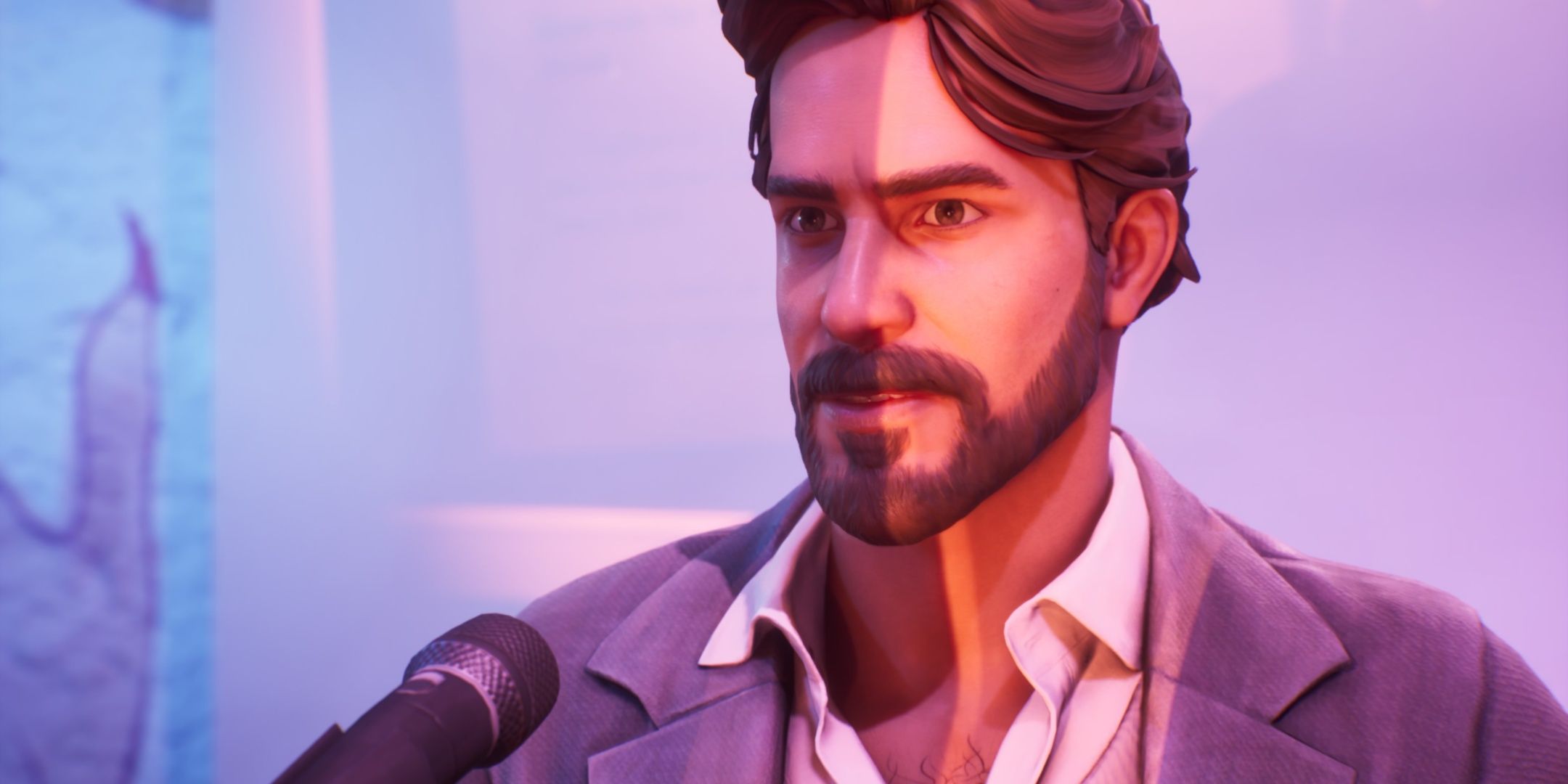
Next
I’m Not Sure I Buy The Lucas Colmenero Storyline In Life Is Strange: Double Exposure
The timeline doesn’t quite add up.
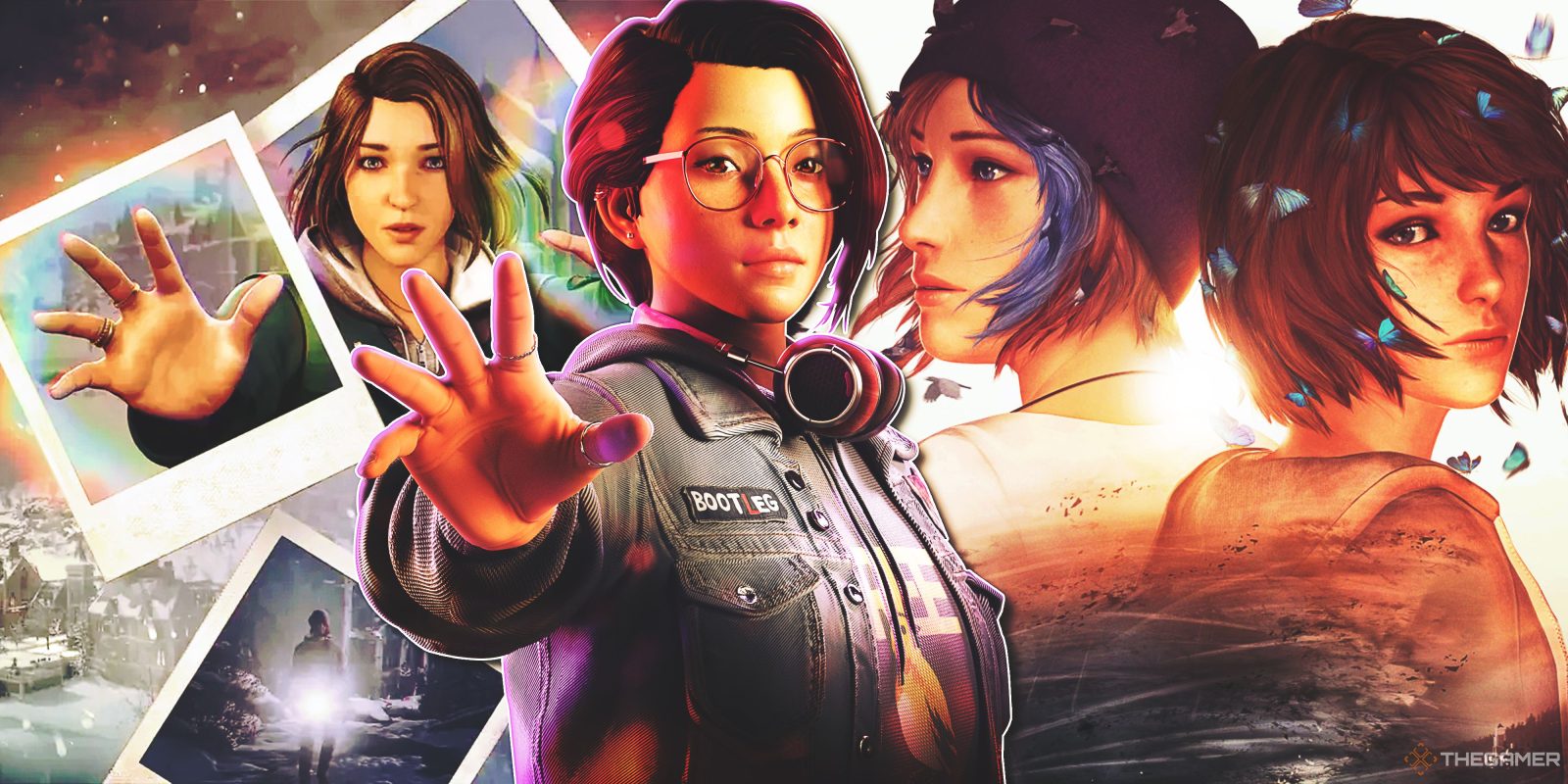

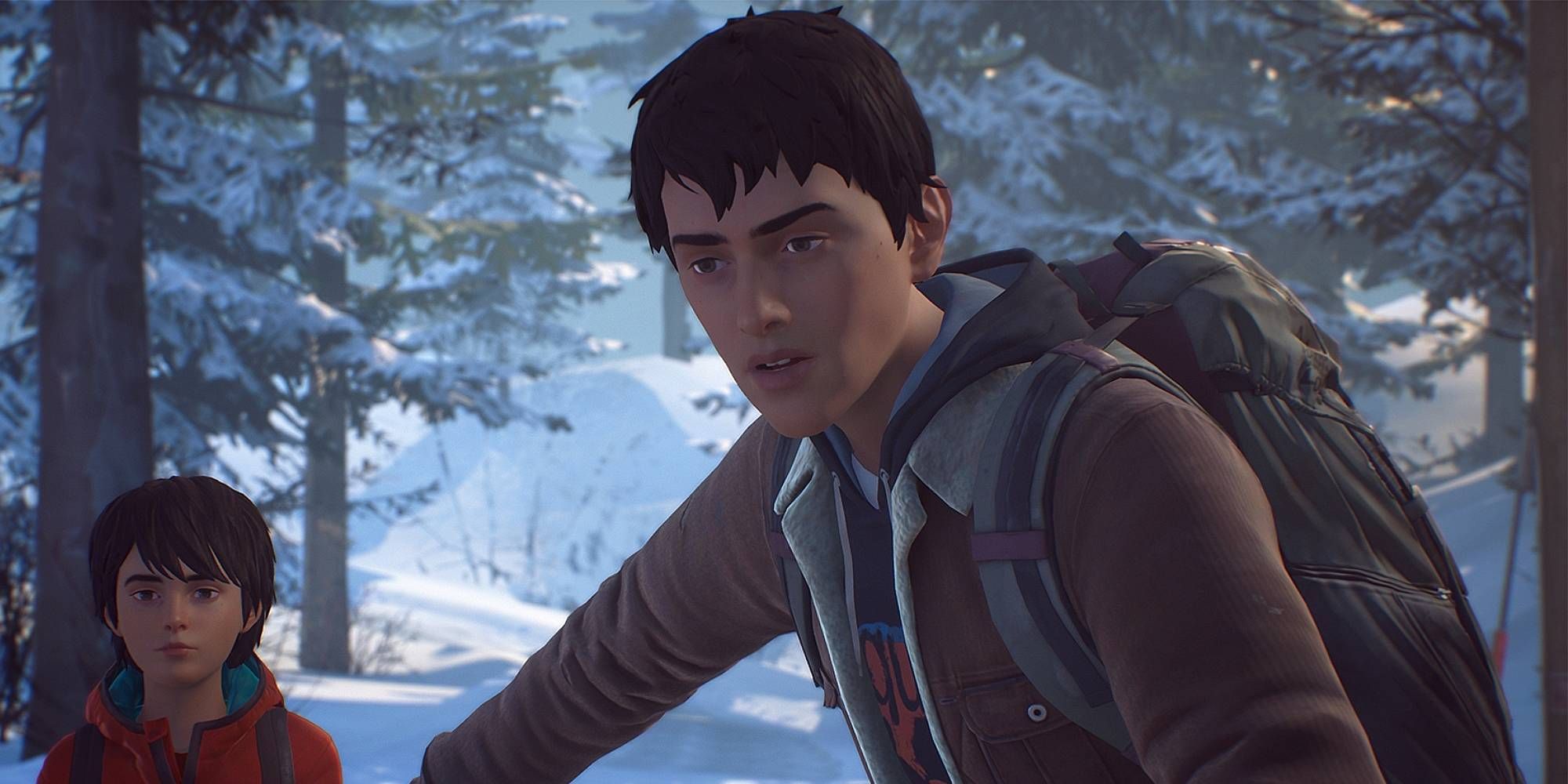





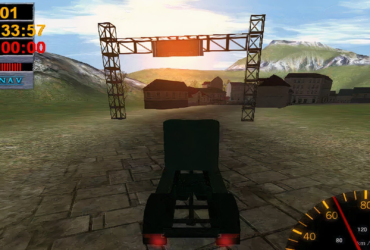
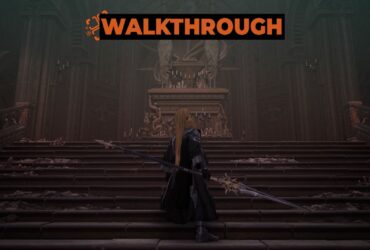


Leave a Reply